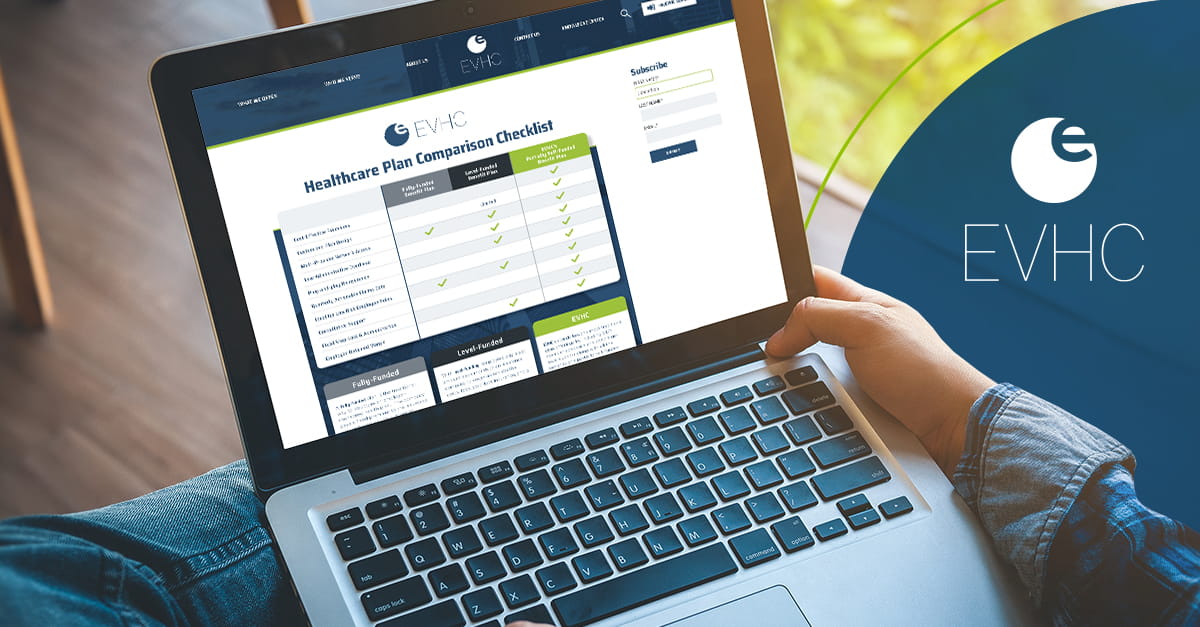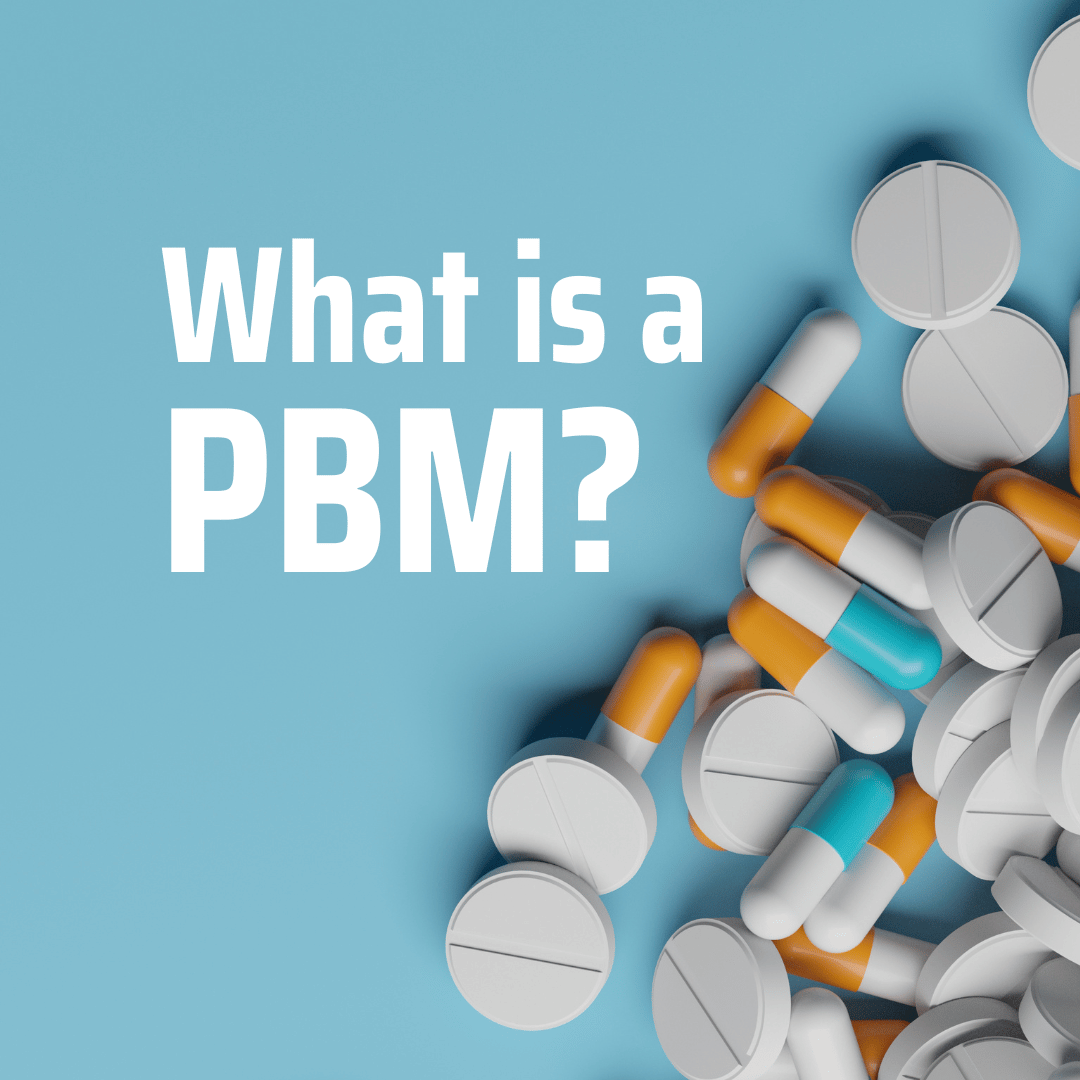
Ever wonder how that prescription you take every day came to market? Or why there are multiple kinds of the same drug available? Or why they cost so darn much?
Most people think they know the answers to these questions, but as with everything in the medical industry, the ways drugs come to market and are priced are rife with complexity and confusion. So, let’s sort through the noise and set straight some of the biggest myths about how that prescription got into your medicine cabinet and why you may have had sticker shock when you picked it up.
When it comes to drug approval, the FDA is the healthcare industry’s version of Switzerland. The organization doesn’t necessarily care about whether there’s already a corollary medication already on the market, or if that medication is any better or worse than a new one that’s being proposed. It certainly has no hand in pricing prescriptions.
The FDA only cares about the data it receives from drug manufacturers via a New Drug Application (NDA). The NDA includes information like:
The drug could be a virtual facsimile of another kind of medicine already on the market. Or it could be a novel drug with new molecular entities and compounds. The FDA doesn’t really care. If the drug satisfies the agency’s stringent requirements, it’ll most likely get approved.
A Pharmacy Benefit Manager (PBM) is the middle person between a health insurance company and its members. PBMs do a lot of things, including negotiating drug costs and developing “formularies”—lists of generic and brand-name medications that are covered by insurance plans.
But even though many drugs are meant to treat the same conditions, not all formularies list the same drugs. It’s all based on an individual’s health insurance coverage. That means that a member suffering from diabetes may have their meds covered by insurance, while another member with the same disease but on a different plan may get denied.
Making things even more confusing, PBMs often receive incentives from insurance companies to include a specific drug on a formulary. For example, a drug manufacturer could offer a PBM a 50% discount to include its medication on the PBM’s formulary. That can help the drug secure a pathway through the supply chain and get a broader market share. But it may also lead to confusion as to why one person can get their drug covered through insurance, while another person must pay out of pocket.
When preparing to launch a new drug, one of the oldest tricks drug manufacturers like to resort to is “evergreening.” Essentially, instead of creating an entirely new line of medication, manufacturers will extend patent protection on an existing drug through slight modifications.
Often, these drugs are marketed as specifically meant to treat additional or new indications or come in a different format. Think of a pain killer that’s “specially designed to treat arthritis” because it has a somewhat higher dosage than what already exists or a new nasal spray option that can be used in place of a pill. The “new” medications don’t have to go through the same rigorous FDA approval processes, instead requiring only a less stringent “supplemental” approval.
Evergreening results in:
So, here we are: a flood of medications that aren’t necessarily better or different than what’s come before, ever-rising drug prices, and drug manufacturers whose primary goal is to control the market as best they can.
But there are things we can do to change the game.
Join us on February 23 at 1:00 p.m. ET for our next webinar: Drugs. Why do They Cost So Much? We’ll explore how drugs get to market, how they’re priced (and who and who does not control that pricing), and the tactics drug manufacturers use to keep flooding the prescription pipeline and padding their balance sheets.
We’ll also look at ways to change the market for the better by showing how companies like EVHC and our partner RxBenefits are rewriting the way members purchase and receive medications. Our mutual goal is to provide them with ways to get the medications they need easily, and without paying through the nose.
BACK TO INSIGHTS

